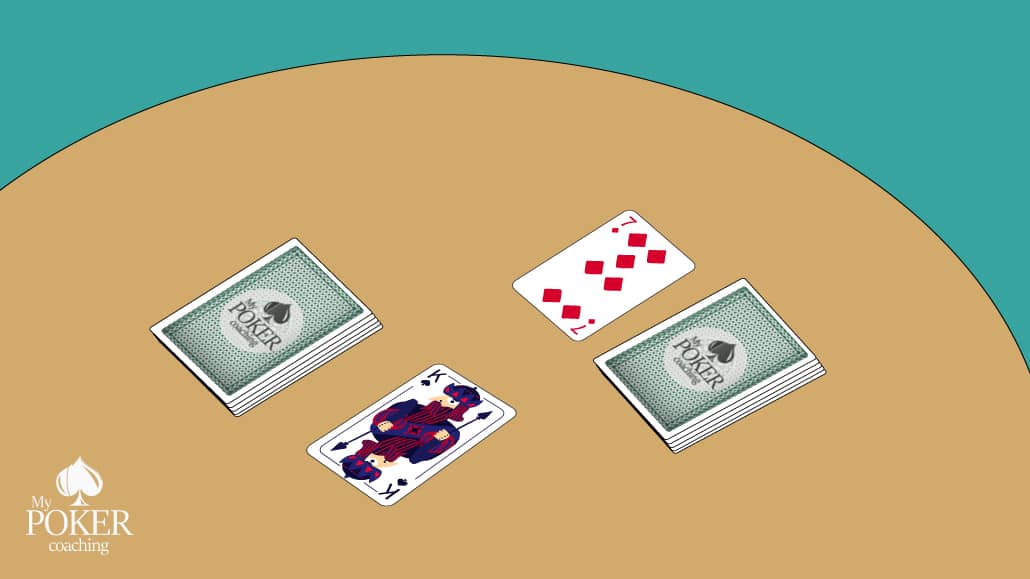

Players are often unable to directly attack each other due to the position of their last remaining gates – leaving it to the random draw of a Justice Department card aiming in the right direction to end the game, rather than players winning with their own clever card play.

The end of the game, as gates become destroyed, becomes little more than a waiting game at times however. The combat sequence is brilliant too, with shootouts being fast paced, easy to plan and often leading to mutual destruction for each unit involved. Having a turn summary card for each player helps too I can’t emphasise enough how turn summaries and player aids should be included in pretty much all but the simplest of games – they’re an absolute godsend, especially when games such as Block War have a number of actions to choose from on every turn. That said, the core mechanics are very satisfying once you’ve got your head around them – and as long as you settle on a consistent way to handle the more confusing cards in the deck with your opponent, most of the game flows pretty smoothly.


It seems like a mistake that block gates have exactly the same art on both sides too – the difference being the ‘Open’ and ‘Closed’ caption who’s idea was it to show missiles being fired from the gate on both sides, when a ‘Closed’ gate means that you can’t fire or be fired upon? It’s a daft, really basic oversight. There’s even an appearance from Mega City One’s MVP, Dredd himself, who’ll show up to dispense his own brand of justice when drawn from the Justice Department deck. It gives the game a striking, detailed black and white look on the table that feels pretty unique – and is very appealing to a lifelong Dredd fan such as myself. To add to the positives, the artwork and general look of the game is wonderful – with art taken straight from the original black and white comic panels in Block War-related Dredd stories.
#STRATEGIC WAR BOARD GAME BIRTHDAY CARD HOW TO#
The basic, action point-based gameplay in Block Wars is superb, allowing players an awful lot of flexibility in how to approach each turn. In the Block War card game, the aim is to be the last block with functioning gates in the event of a tie (seeing as the Justice Department can – and will – destroy your gates just as many times as your opponent will), the player with the most victory points wins – with victory points given for destroyed gates as well as enemy units and Justice Department units defeated in combat. It’s a setup that’s been a part of Dredd lore since the early days of the comic strip, which itself has been running since 1977. On a smaller scale, we also have Judge Dredd: Block War, a two player game in which players take control of rival blocks locked in battle, with the Judges of the Justice Department trying to keep the peace between them. Not only have we seen the excellent – if ridiculously challenging – The Cursed Earth, but there’s also been a miniatures game, an RPG and other board games too, perhaps most notably the critically acclaimed retheming of Wildlands, Judge Dredd: Helter Skelter – which mashes up several disparate 2000AD universes into a single game. There’s been a welcome resurgence of interest in Judge Dredd on the tabletop in recent years.


 0 kommentar(er)
0 kommentar(er)
